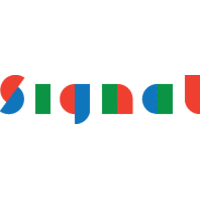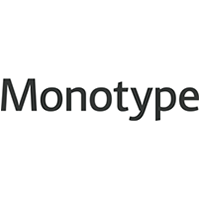

Source: https://www.flickr.com.License: All Rights Reserved.
This German scooter ad from the 1950s uses a rather remarkable typeface that has fallen into oblivion —Prägefestby Eduard Lautenbach (Ludwig & Mayer, 1926). The eyecatching bold script was not the very first one of its kind — Adscript, Typo Upright Bold, and, more directly, Lautenbach's own Markant (also Ludwig & Mayer, 1909) are among the forerunners. Yet it certainly sparked a trend in German typefounding, see Mammut (c. 1927), Phänomen and Bernhard Handschrift (1927), Wolfram (1930), Signal, Salut and Lautsprecher (1931), or Achtung and Energos (1932). In his Letterpress Memories*, Georg Kandler writes:
Prägefest started a new chapter in the production of script typefaces. Following the cursive scripts — with letters connected by joining strokes — that hitherto were limited to delicate applications, Prägefest dares a leap into the broad field of advertising. Robust and without overhangs, with sturdy strokes, it was […] outstandingly suited to the typesetting of ads, in which its tenacity played a crucial role for impressing the cardboard mats.
Latter is a step in the Fritz Max Steltzer and is simply named Script, or Script Bold, and, in the U.S., Broad-Stroke Cursive. The digital revival is known as Monotype Script, or Script MT. According to Monotype, the design is "based on early twentieth-century German script writing styles", but the features in common with Prägefest are striking. Eduard Lautenbach didn't live to see this me-too release — he died in 1927, one year after his Prägefest was released.
* Alphabete. Erinnerungen an den Bleisatz. Kornwestheim: Minner-Verlag, 1995. My translation.

Source: http://www.typophile.com.Georg Kraus. License: All Rights Reserved.
Character set of Prägefest — image courtesy of the late Georg Kraus AKA Bleisetzer. Kandler: "Another novelty was the relocation of the lowercase entry strokes onto the cap sorts, avoiding annoying overhangs." Apart from the variants with high and low connector, the font includes alternates for 'r' and 'M'; swash terminal forms for 'g', 'n', 'r', 't'; ligatures for 'Sch' (a common German trigraph, with a different 'S'), 'Cie' (Compagnie) and 'Co' (Company). A different specimen additionally shows an alternate 'H' with closed top loop, a non-descending 'P' with minimal bowl, and ligatures for 'ch', 'ck', 'ff', 'ss'.

License: All Rights Reserved.
Monotype Script (digital version), for comparison: Contrast is slightly higher, bottom terminals in 'm' and 'n' are flat, counters of 'a', 'd', 'g' are round, 'z' has no crossbar, 'c' is more closed, 'u' is wider, 'g' has a bigger loop, 'k' is open and has a more vertical leg. The spacing is less even, most notably in the gap after 's'.









